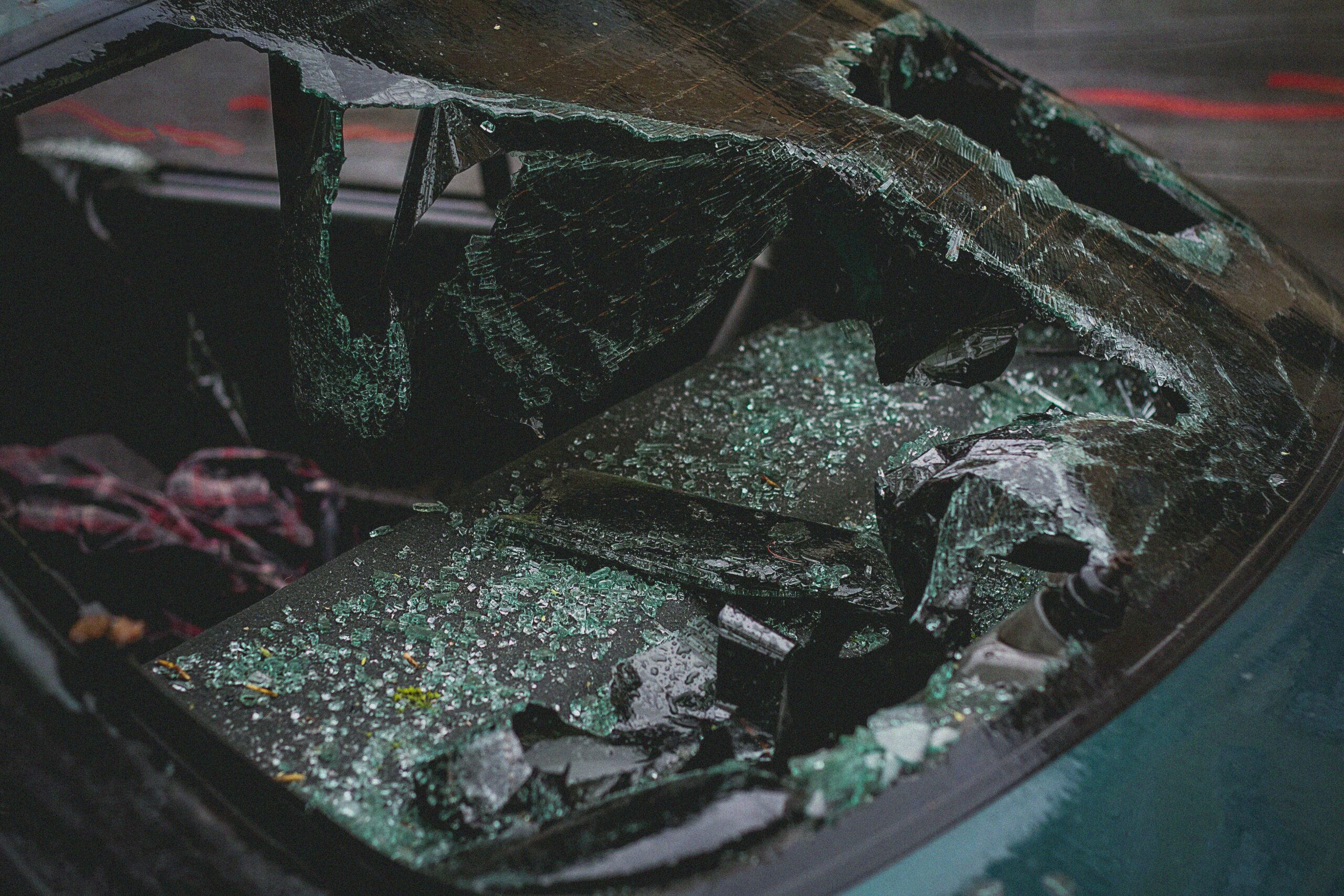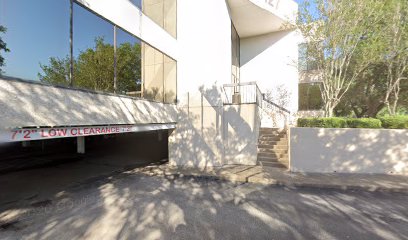2C-I “Smiles”
2C-I (smiles) first entered the drug scene in the early 2000s. Smiles was initially sold in Dutch smart shops after its predecessor 2C-B was banned. By 2008, the latter version 2C-I was also banned in the Netherlands, along with other drugs in the 2C family. During that time, smiles was made available by numerous online vendors of research chemicals in western Europe, Asia, and the U.S. On U.S. streets, Smiles is frequently misrepresented as mescaline and sold in singular doses since it can provide similar psychedelic effects to the user. Both 2C-I and mescaline are members of the psychedelic phenethylamine class of drugs. However, the most notable difference between mescaline and the research chemicals contained in 2C-I or “smiles” is that 2C-I has a much greater potency by weight. The effective dosage range per milligram with 2C-I is nearly 10-fold less than that of mescaline. This means that smiles can be effectively delivered through a small piece of candy or a small carrier pill. On the other hand, a little pill would be insufficient to contain enough mescaline to have the same level of psychoactive effects for the user. In general, users take 2C-I orally; however, the powder can also be inhaled. 2C-I is known for causing a considerable amount of discomfort and pain upon inhalation. People have also been known to smoke or vaporize the substance, but when they do, it requires a higher dosage. Others have injected smiles into the muscles or through the veins. Once someone takes 2C-I, they can typically experience the effects within two hours, and the effects typically last from 4 to 12 hours. While small doses cause a stimulant effect, larger doses cause psychedelic or hallucinogenic effects. Smiles is known for being similar to a combination of MDMA and LSD, only it’s far more potent and dangerous. Because the drug is new, a lot of teens are overdosing on the drug, but it’s not showing up in any tests. The fact that the drug doesn’t show up on drug tests as of yet is one of the very reasons why it is attractive to athletes and young college students.
Criminalizing 2C-I “Smiles” In The United States
On July 9, 2012, the United States government made 2C-I a Schedule I substance under the Synthetic Drug Abuse Prevention Act of 2012. This Act made possession, distribution and manufacturing of the drug illegal. Those individuals that are caught possessing or distributing even a small amount of the substance will face serious criminal charges. One individual whose friend died due to an overdose of 2C-I was charged with third degree murder for simply providing the drug to his friend since the drug was the direct cause of the friend’s death. 2C-I, otherwise known as “smiles” has only recently been added as a Schedule I substance. Although the authorities are only recently catching up to those that possess and distribute the drug, they are officially aware of the substance and are cracking down hard on anyone that possesses or distributes “smiles.” If you have been arrested for any drug-related crime involving 2C-I, we strongly urge you to contact an attorney from the Zendeh Del Law Firm, PLLC. We make it our business to stay abreast of all recent legislation and developments as they pertain to drug crimes including smiles.
Mounting a strong defense in such cases is the only chance you have to get your charges reduced, if not dropped. Call us today to get started tailoring a defense strategy in your 2C-I case.








